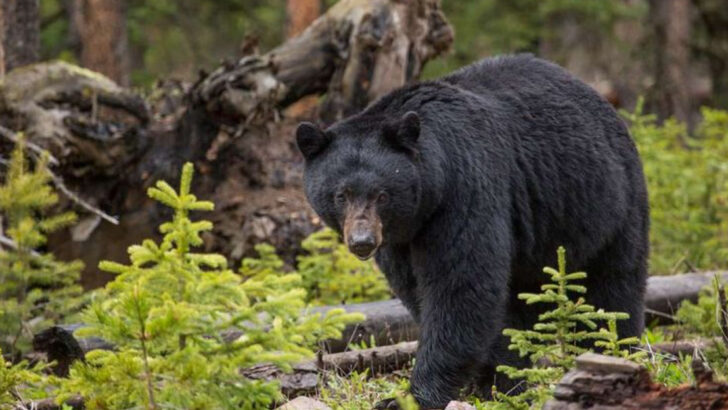Black bears aren’t just passing through—they’re thriving in some parts of the U.S. In certain states, these powerful animals roam forests, mountains, and even backyard edges like they own the place. And in a way, they do.
Some states have worked hard to protect their bear populations. Others simply have the wild space black bears love to call home.
Whether you’re curious, cautious, or just love knowing what’s out there, it’s worth finding out where these bears are most at home. Because if you’re in one of these states, you might be closer to a black bear than you think.
Alaska
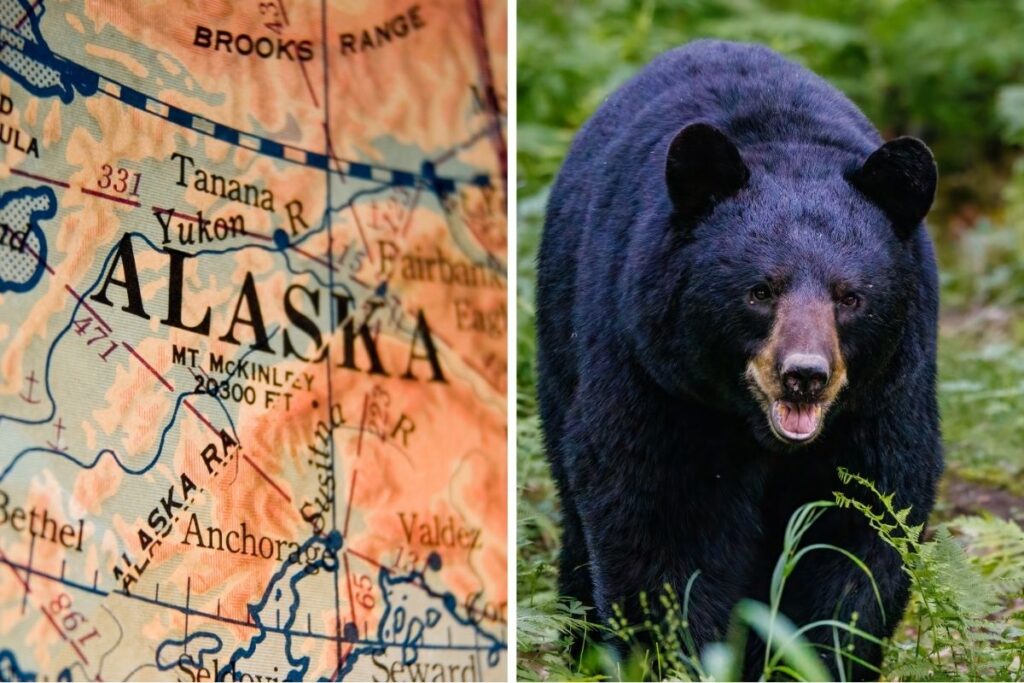
In Alaska, the black bear reigns supreme. With an estimated population of 100,000, these bears roam freely across the state’s expansive wilderness. The dense forests and rugged landscapes provide the perfect backdrop for these majestic creatures. Alaska’s diverse ecosystems offer plentiful food sources, ensuring the survival and growth of the black bear population. Tourists often flock to Alaska to catch a glimpse of these magnificent animals in their natural setting. The state’s commitment to wildlife conservation plays a crucial role in maintaining such a robust population of black bears.
California

California is home to a thriving black bear population, estimated between 25,000 and 35,000. These bears are often spotted in the state’s vast national parks and forests. The diverse climate and abundant food supply make California a paradise for black bears. From the snowy peaks of the Sierra Nevada to the coastal redwoods, black bears thrive in various environments. California’s natural beauty not only attracts wildlife enthusiasts but also supports a healthy bear population. This state’s commitment to preserving natural habitats ensures a future for these incredible creatures.
Maine

Maine, with its lush woodlands, supports around 35,000 black bears. These solitary creatures find the dense forests of Maine the ideal place to thrive. The state’s commitment to wildlife management and conservation ensures these bears continue to flourish. Maine’s changing seasons provide a unique backdrop for the bears as they prepare for hibernation. The state’s scenic beauty and commitment to preserving habitats make it a haven for black bears. As autumn approaches, the sight of a black bear amidst the falling leaves is truly a scene to behold.
Idaho
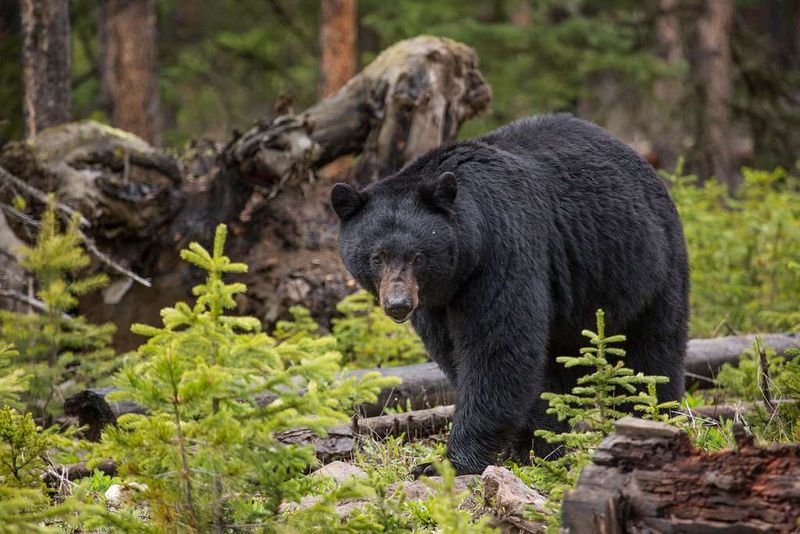
Idaho’s diverse landscapes are a haven for an estimated 30,000 black bears. Rich in natural beauty, Idaho offers an ideal environment for these animals. The combination of mountains, forests, and rivers provides ample food and shelter. Black bears in Idaho enjoy a peaceful existence, far from the hustle and bustle of urban life. The state’s focus on habitat preservation helps maintain the black bear population. Idaho’s breathtaking scenery, coupled with its wildlife diversity, makes it a unique destination for nature lovers and wildlife photographers alike.
Washington
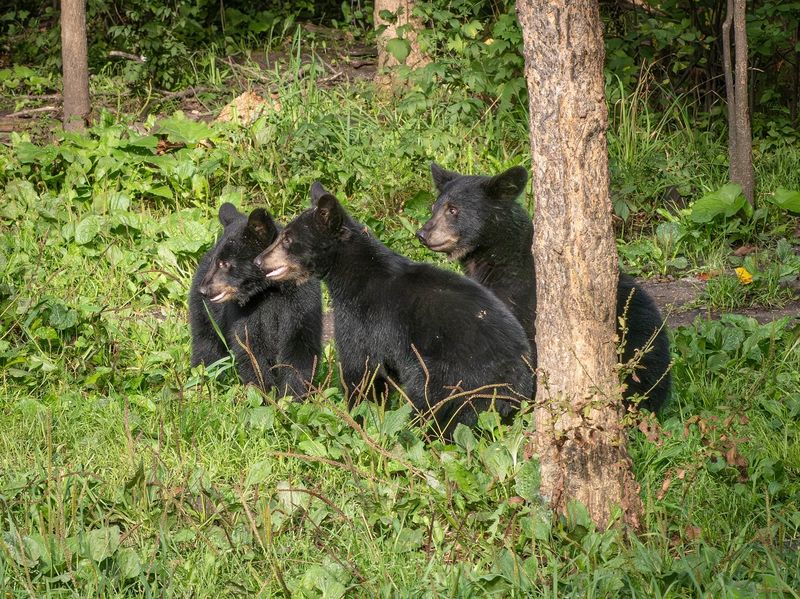
Washington State is home to approximately 27,500 black bears. The state’s varied ecosystems, from lush rainforests to coastal areas, offer ideal habitats. Black bears here enjoy a rich diet of berries, fish, and other natural foods. Visitors to Washington’s national parks may be lucky enough to spot these creatures in their element. The state’s dedication to conservation efforts ensures the black bear population remains healthy. Efforts to maintain these habitats are crucial, allowing bears to thrive. Washington’s commitment to wildlife preservation sets an example for other states.
Oregon
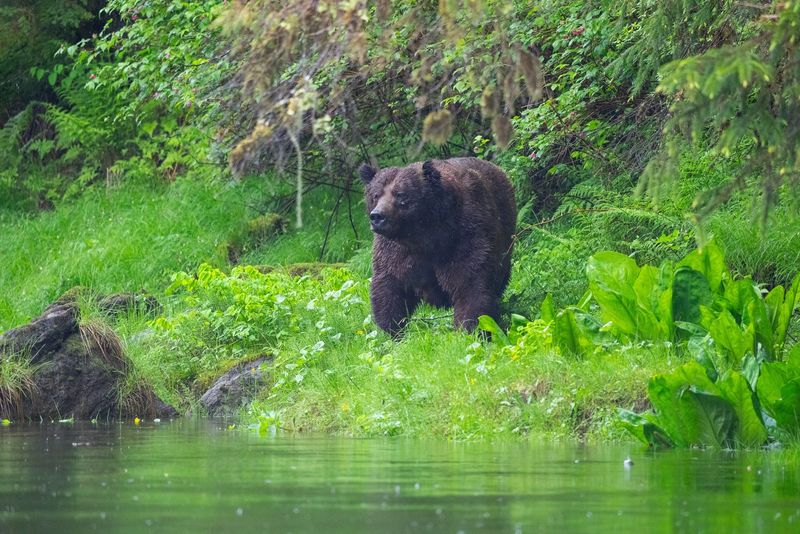
With around 27,500 black bears, Oregon offers a diverse habitat that supports their growth. The state’s dense forests and varied climate provide a perfect sanctuary. Black bears in Oregon find abundant food sources, from berries to fish in the streams. The misty forests offer a serene environment for these creatures. Wildlife enthusiasts often visit Oregon to witness the natural beauty and catch a glimpse of black bears in their natural habitat. Oregon’s efforts in conservation ensure that these animals continue to thrive in such a picturesque setting.
Wisconsin
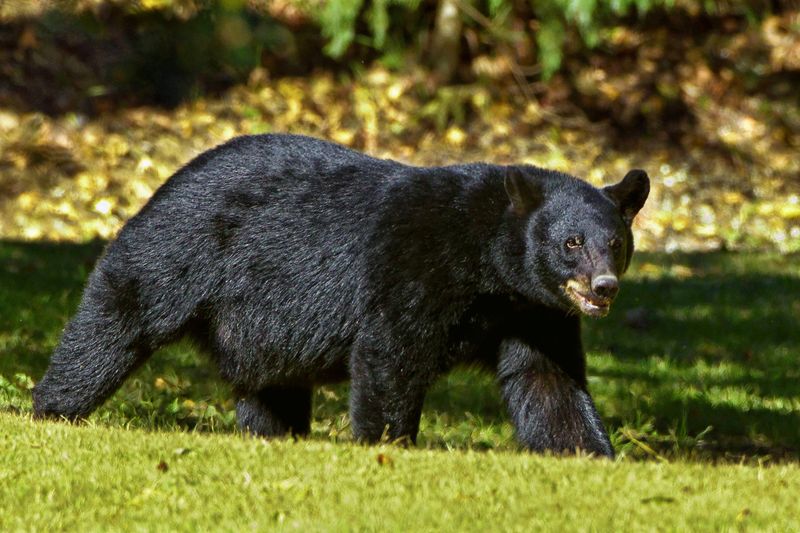
Wisconsin’s forests are home to approximately 24,000 black bears. The state’s commitment to wildlife management has created a thriving environment. Bears in Wisconsin enjoy the rich diversity of food available in the forests. The arrival of spring brings a burst of life, with wildflowers blooming and bears emerging from hibernation. Wisconsin’s natural beauty and commitment to preservation make it an ideal place for black bears. These animals play a vital role in the ecosystem, contributing to the biodiversity of the region. Visitors are often enchanted by their presence.
Pennsylvania
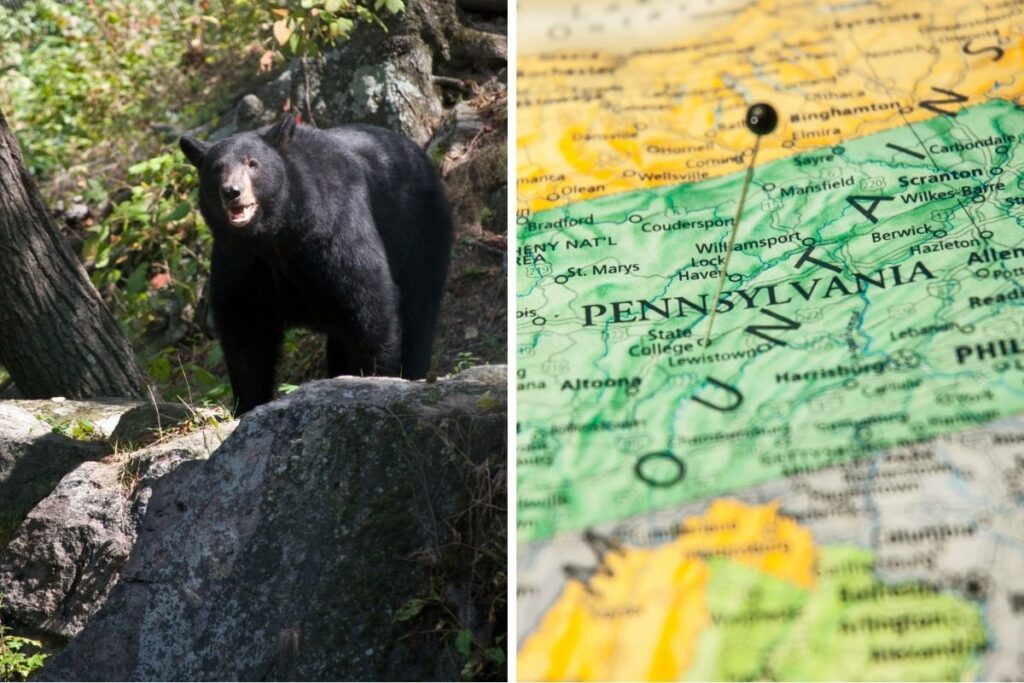
Pennsylvania is home to around 20,000 black bears, thriving in its diverse habitats. The state’s woodlands offer abundant food and shelter, making it a perfect environment. Black bears are an integral part of Pennsylvania’s wildlife, contributing to its rich biodiversity. The change of seasons provides a dynamic setting for these creatures, from snowy winters to vibrant springs. Pennsylvania’s commitment to habitat conservation ensures a stable population. The state’s ability to maintain natural environments allows bears to flourish, adding to the charm of its wilderness areas.
North Carolina

North Carolina supports a robust black bear population of about 20,000. Its diverse environments, from coastal swamps to mountain forests, provide ideal habitats. The state’s natural landscapes offer plentiful food and shelter, supporting thriving bear communities. Black bears in North Carolina are often seen near water sources, enjoying the rich biodiversity. Conservation efforts in the state ensure these bears have a sustainable future. North Carolina’s dedication to maintaining its natural areas helps protect the black bear population, allowing these majestic creatures to thrive.
Colorado
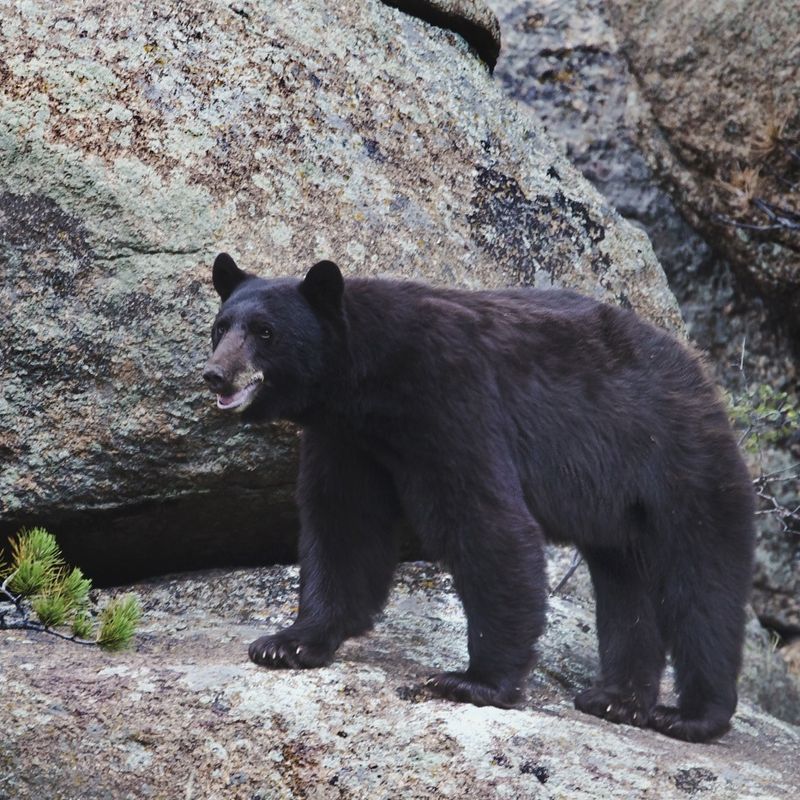
Colorado, with its breathtaking mountain scenery, is home to an estimated 18,500 black bears. The state’s diverse habitats, from alpine meadows to dense forests, offer rich environments. Black bears in Colorado benefit from the state’s dedication to wildlife management. The presence of these animals adds to the allure of Colorado’s natural beauty. Hikers and outdoor enthusiasts often encounter black bears, adding an element of excitement. Colorado’s efforts to preserve natural habitats ensure the survival of these bears, allowing them to continue thriving in such a picturesque landscape.

